Ayurvedic Pharmacopoeia of India (API), Part I, Volume V, Ministry of AYUSH, Govt. of India.
Rao, M.M., et al. (2010). “Phytochemical and pharmacological review of Helicteres isora.” Journal of Pharmacy Research, 3(12), 2985–2987.
Arunachalam, G., et al. (2009). “Antidiabetic activity of Helicteres isora root extract in alloxan-induced diabetic rats.” Indian Journal of Pharmacology, 41(1), 30–35.
Singh, A., & Singh, D.K. (2003). “Helicteres isora: A review of its medicinal potential.” Ancient Science of Life, 23(1), 32–35.
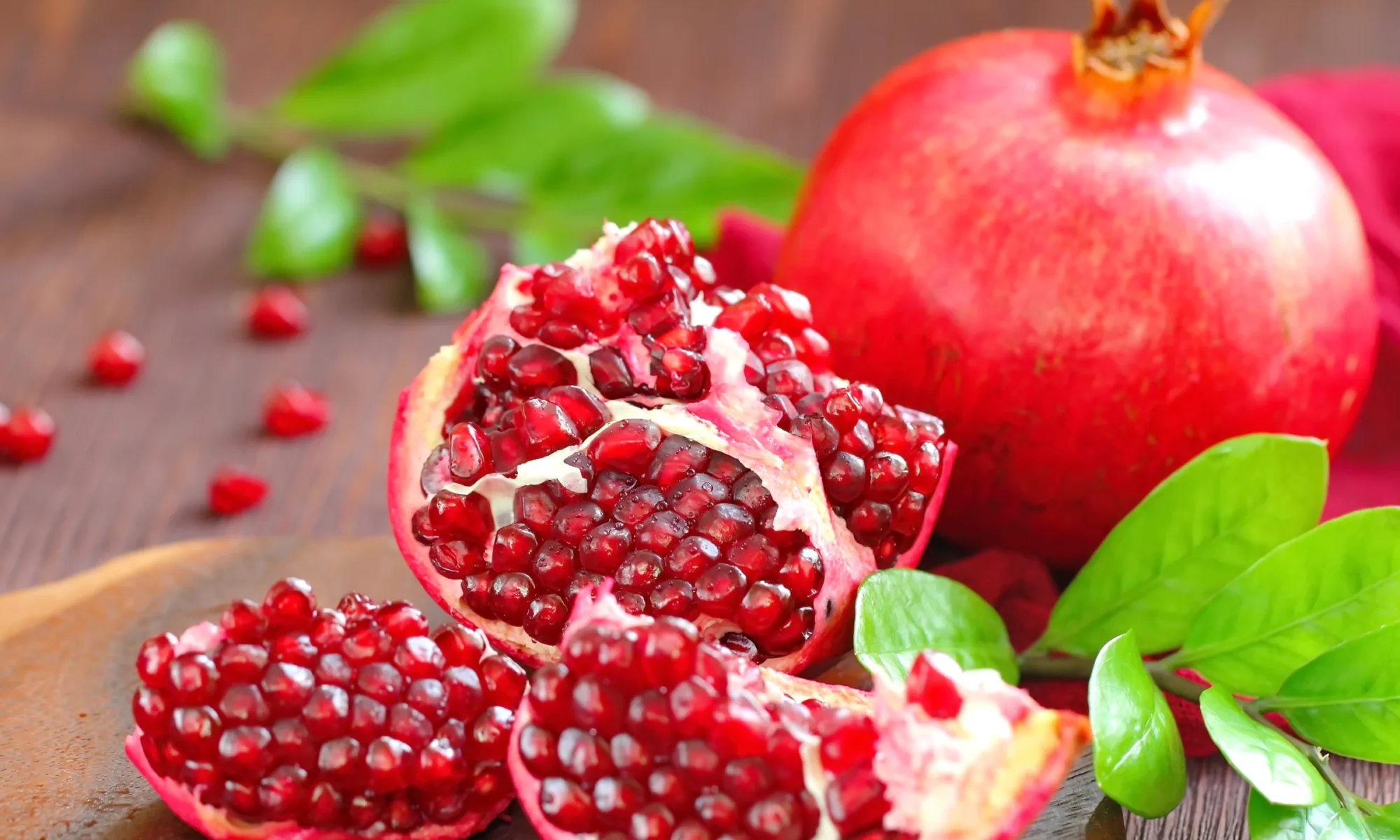
Anartwak (Punica granatum), commonly known as Pomegranate, is a deciduous shrub or small tree native to the region of Iran to northern India and cultivated throughout the Mediterranean, Middle East, and India. In Ayurveda, the bark of the pomegranate tree (referred to as Anartwak) is highly valued for its astringent, anthelmintic, and digestive properties. It is primarily used in the treatment of diarrhea, dysentery, intestinal worms, and bleeding disorders.
Pomegranate Scientific Name
- Kingdom: Plantae
- Phylum: Angiosperms
- Class: Eudicots
- Order: Myrtales
- Family: Lythraceae
- Genus: Punica
- Species: Punica granatum
Pomegranate Common Name
- English: Pomegranate
- Sanskrit: Dadima, Anartwak (for bark)
- Hindi: Anar
- Gujarati: Dalim
- Marathi: Dalimb
- Tamil: Mathulai
- Telugu: Danimma
- Malayalam: Mathalam
Pomegranate Uses
- Digestive Health – Acts as a grahi (absorbent) to treat diarrhea and dysentery.
- Anthelmintic Activity – Effective in expelling intestinal worms, especially tapeworms.
- Hemostatic and Astringent – Stops internal bleeding such as bleeding gums, piles, or menorrhagia.
- Oral Health – Used in gargles to treat sore throat, mouth ulcers, and gingivitis.
- Cardio-Protective and Antioxidant – Contains polyphenols which help reduce oxidative stress and support heart health.
Phytochemical Constituents
The bark and other parts of Punica granatum are rich in various bioactive compounds, including:
- Tannins: Punicalagin, Punicalin, Gallagic acid
- Alkaloids: Pelletierine, Isopelletierine (especially in bark)
- Flavonoids: Quercetin, Kaempferol
- Ellagic acid and other polyphenolic compounds
- Gallic acid, Catechins, and Anthocyanins
References
Ayurvedic Pharmacopoeia of India (API), Part-I, Vol-III. Government of India, Ministry of AYUSH.
Sharangdhar Samhita, Chapter: Atisaar Chikitsa (Treatment of Diarrhea).
Jurenka, J. (2008). “Therapeutic applications of pomegranate (Punica granatum): A review.” Alternative Medicine Review, 13(2), 128-144.
Lansky, E.P., & Newman, R.A. (2007). “Punica granatum (pomegranate) and its potential for prevention and treatment of inflammation and cancer.” Journal of Ethnopharmacology, 109(2), 177–206.
European Medicines Agency. (2014). “Community herbal monograph on Punica granatum L., cortex.”
Chopra, R.N., Nayar, S.L., & Chopra, I.C. (1956). Glossary of Indian Medicinal Plants. CSIR, New Delhi.
Indian Materia Medica – K.M. Nadkarni, Vol I & II.
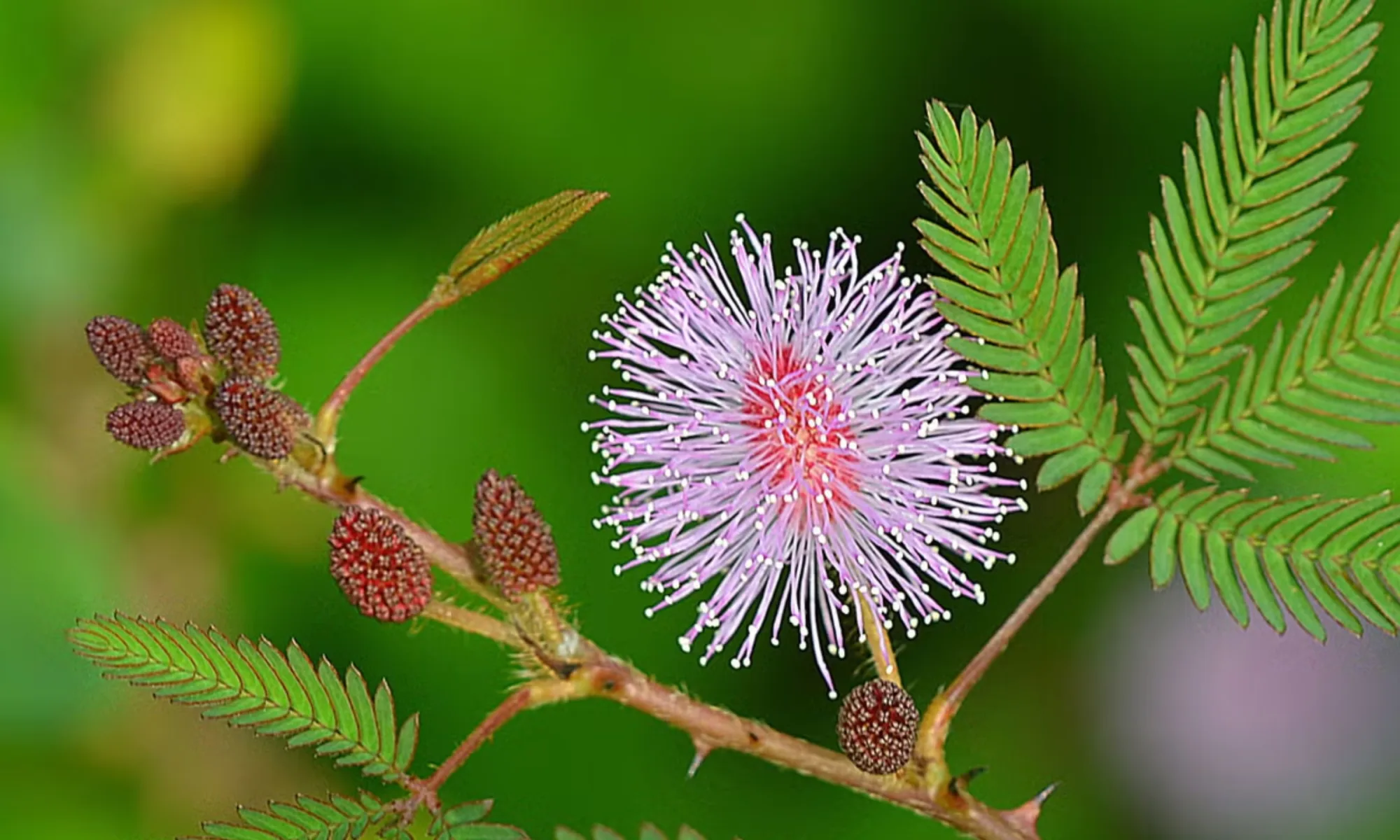
Lajaloo Mool (Mimosa pudica), also known as the “Touch-Me-Not” plant, is a creeping, herbaceous plant known for its sensitive leaflets that fold when touched. Belonging to the Fabaceae family, it grows widely across tropical regions and is revered in traditional medicine, especially Ayurveda, for its astringent, anti-inflammatory, wound-healing, and anti-diarrheal properties. Its root, known as Lajaloo Mool, is particularly used for treating piles, uterine disorders, diarrhea, and wounds.
Mimosa pudica Scientific Name
- Kingdom: Plantae
- Phylum: Angiosperms
- Class: Eudicots
- Order: Fabales
- Family: Fabaceae
- Genus: Mimosa
- Species: Mimosa pudica
Mimosa pudica Common Name
- English: Sensitive Plant, Touch-Me-Not
- Sanskrit: Lajjalu, Namaskari
- Hindi: Lajwanti
- Tamil: Thotta-sinni
- Telugu: Attapatti
- Marathi: Lajalu
- Malayalam: Thottavadi
- Kannada: Muttidare Muni
Mimosa pudica Uses
- Piles and Hemorrhoids – The root decoction or paste is applied or consumed for its astringent action to shrink piles and stop bleeding.
- Diarrhea and Dysentery – Traditionally used as an antidiarrheal agent due to its tannin-rich content which helps reduce intestinal inflammation.
- Wound Healing – Fresh paste or extract is applied topically to accelerate wound healing, reduce infection, and control bleeding.
- Gynecological Uses – Employed in managing excessive menstrual bleeding, leucorrhea, and other uterine disorders.
- Anti-inflammatory and Anti-arthritic – The plant possesses analgesic and anti-inflammatory properties helpful in managing joint pain and arthritis.
- Antimicrobial and Antioxidant – Exhibits broad-spectrum antimicrobial action and neutralizes oxidative stress through its phytochemical profile.
Phytochemical Constituents
References
Ayurvedic Pharmacopoeia of India, Govt. of India, Vol. I, Part I.
Sharma, P.V. (1998). Dravyaguna Vijnana, Vol. II, Chaukhambha Bharati Academy, Varanasi.
The Wealth of India: A Dictionary of Indian Raw Materials and Industrial Products. (2001). Raw Materials, Vol. 6, CSIR, New Delhi.
Rajalakshmi, D. et al. (2012). “Phytochemical and pharmacological properties of Mimosa pudica: A review.” International Journal of Pharmaceutical Sciences Review and Research, 15(2), 41-44.
Chatterjee, A. & Pakrashi, S.C. (1997). The Treatise on Indian Medicinal Plants, Vol. 4, NISCAIR-CSIR, New Delhi.
Mishra, S. et al. (2011). “Phytochemical investigation and evaluation of anti-inflammatory activity of Mimosa pudica Linn.” Asian Pacific Journal of Tropical Biomedicine, 1(6), 426–429.
European Pharmacopoeia (10th Edition), Council of Europe
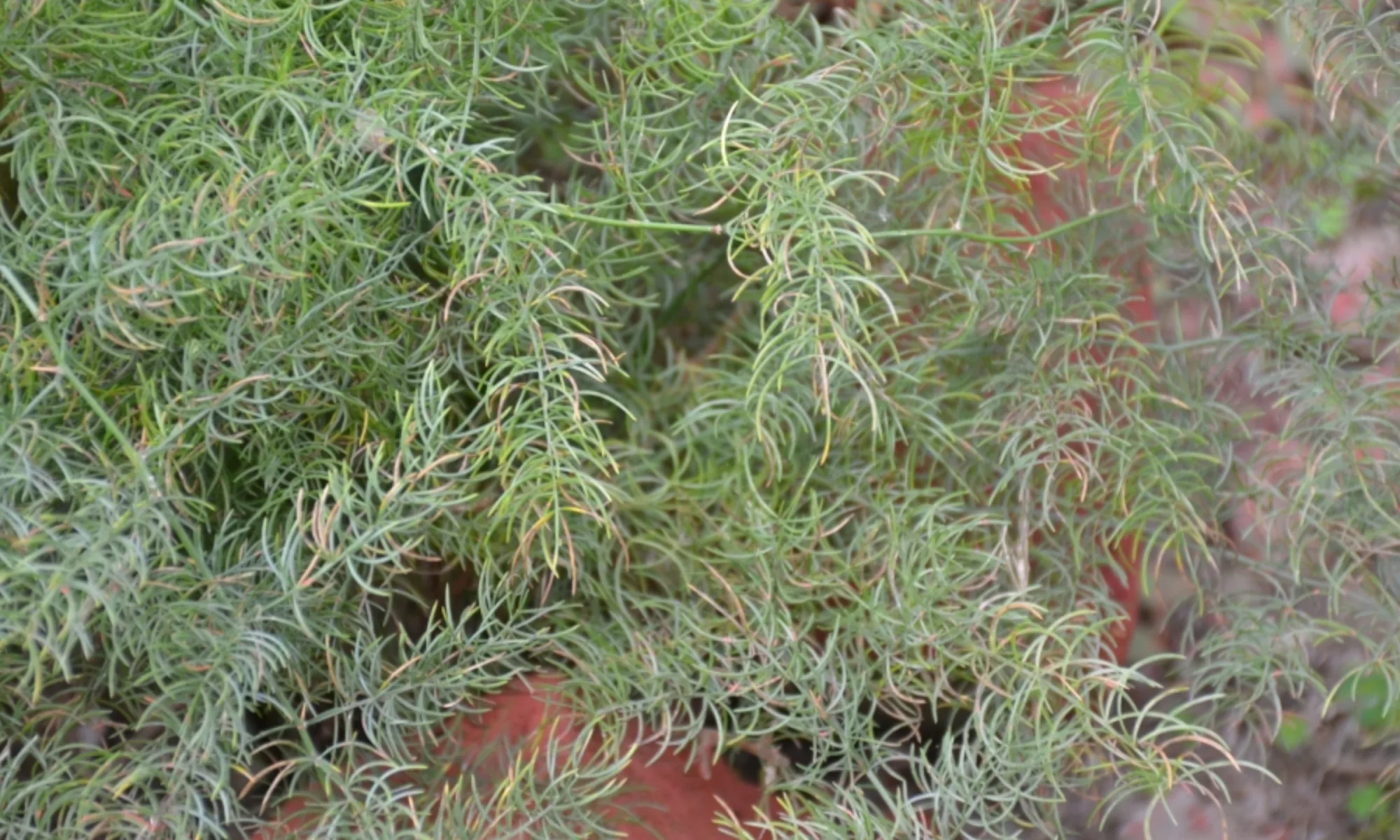
Musli (Asparagus adscendens) is a renowned medicinal herb in Ayurveda known for its aphrodisiac, adaptogenic, and rejuvenating properties. It belongs to the Asparagaceae family and is traditionally used as a strength enhancer, particularly in managing male infertility, debility, and as a general health tonic. The root tubers are the most used part in medicinal formulations.
Scientific Classification
- Kingdom: Plantae
- Phylum: Angiosperms
- Class: Monocots
- Order: Asparagales
- Family: Asparagaceae
- Genus: Asparagus
- Species: Asparagus adscendens
Common Names
- English: White Musli
- Sanskrit: Shweta Musli
- Hindi: Safed Musli
- Gujarati: Safed Musli
- Marathi: Safed Musli
- Telugu: Tella Musali
- Tamil: Vellaikkirampu
- Kannada: Bili Musli
- Malayalam: Vella Musli
Traditional and Medicinal Uses
- Reproductive Health – Improves sperm count and motility. Used in formulations for erectile dysfunction and low libido. Enhances sexual stamina and vigor.
- Adaptogenic and Strength Enhancer – Acts as a Rasayana, promoting overall strength and stamina. Beneficial in managing chronic fatigue syndrome and weakness.
- Women’s Health – Supports lactation and is used in postpartum care. Aids in menstrual health and hormonal balance.
- Immune and Digestive Health – Enhances immune response.
Phytochemical Constituents
Musli contains a wide range of biologically active compounds that contribute to its therapeutic efficacy:
- Saponins – Shatavarins, Asparagosides
- Alkaloids
- Starch
- Mucilage
- Flavonoids – Kaempferol, Quercetin
- Polysaccharides
- Glycosides
- Tannins
References
Ayurvedic Pharmacopoeia of India, Part I, Vol. VI, Govt. of India, Ministry of AYUSH.
Sharma, P. V. (1996). Dravyaguna Vigyan, Vol. II. Chaukhambha Bharati Academy, Varanasi.
Chauhan, N. S., & Dixit, V. K. (2008). “Effects of Asparagus adscendens on sexual behavior of male rats.” Phytotherapy Research, 22(4), 445-449.
Ali, M. (2008). Textbook of Pharmacognosy. CBS Publishers, New Delhi.
Goyal, R. K., Singh, J., & Lal, H. (2003). “Asparagus adscendens: Ethnobotany and biological activities.” Journal of Ethnopharmacology, 89(2–3), 287–291.
Indian Medicinal Plants Database (IMP), Central Council for Research in Ayurvedic Sciences (CCRAS), Ministry of AYUSH.
Chatterjee, A., & Pakrashi, S.C. (1997). The Treatise on Indian Medicinal Plants, Vol. 3. CSIR, New Delhi.
European Pharmacopoeia, Council of Europe.
Kapoor, L. D. (2001). Handbook of Ayurvedic Medicinal Plants. CRC Press.





 My Account
My Account
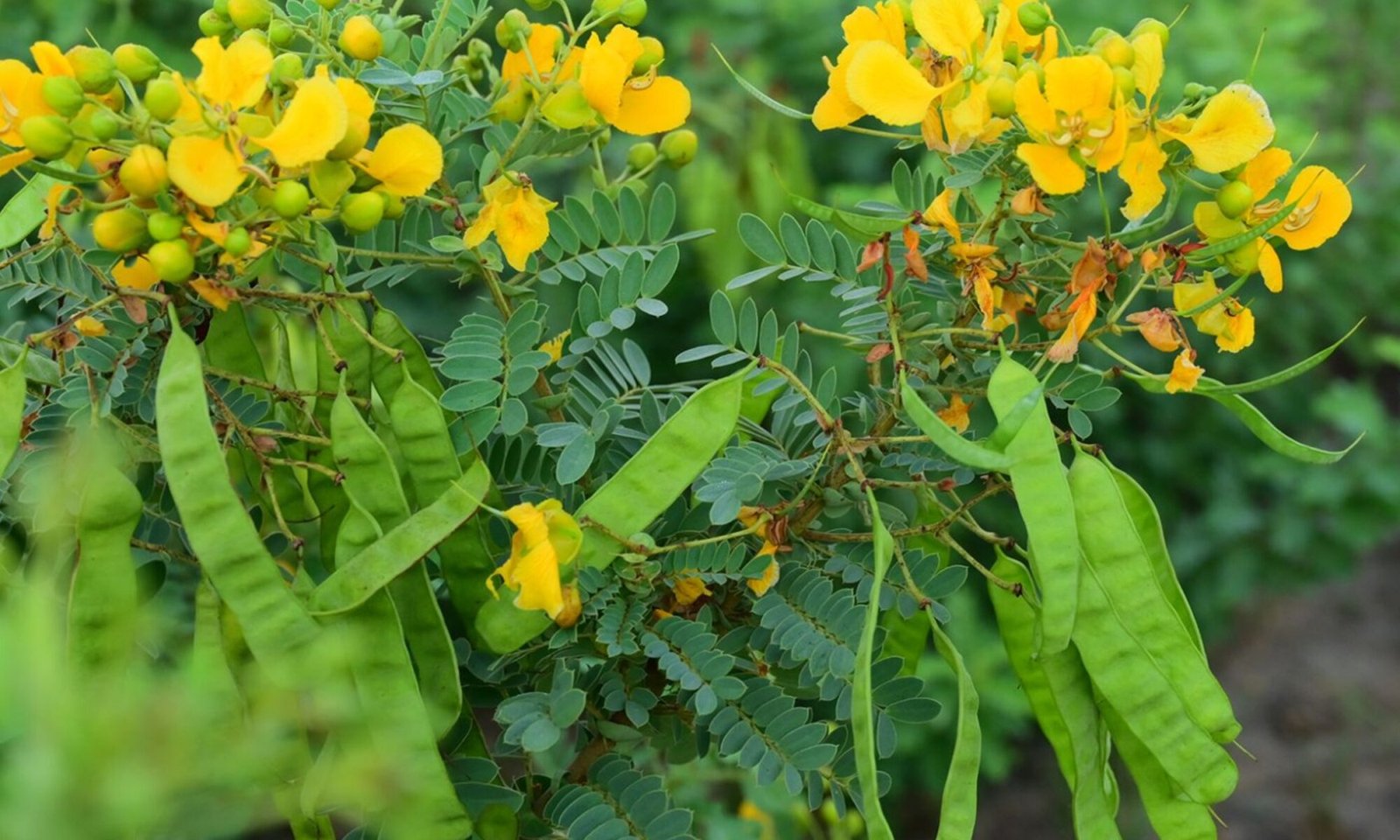
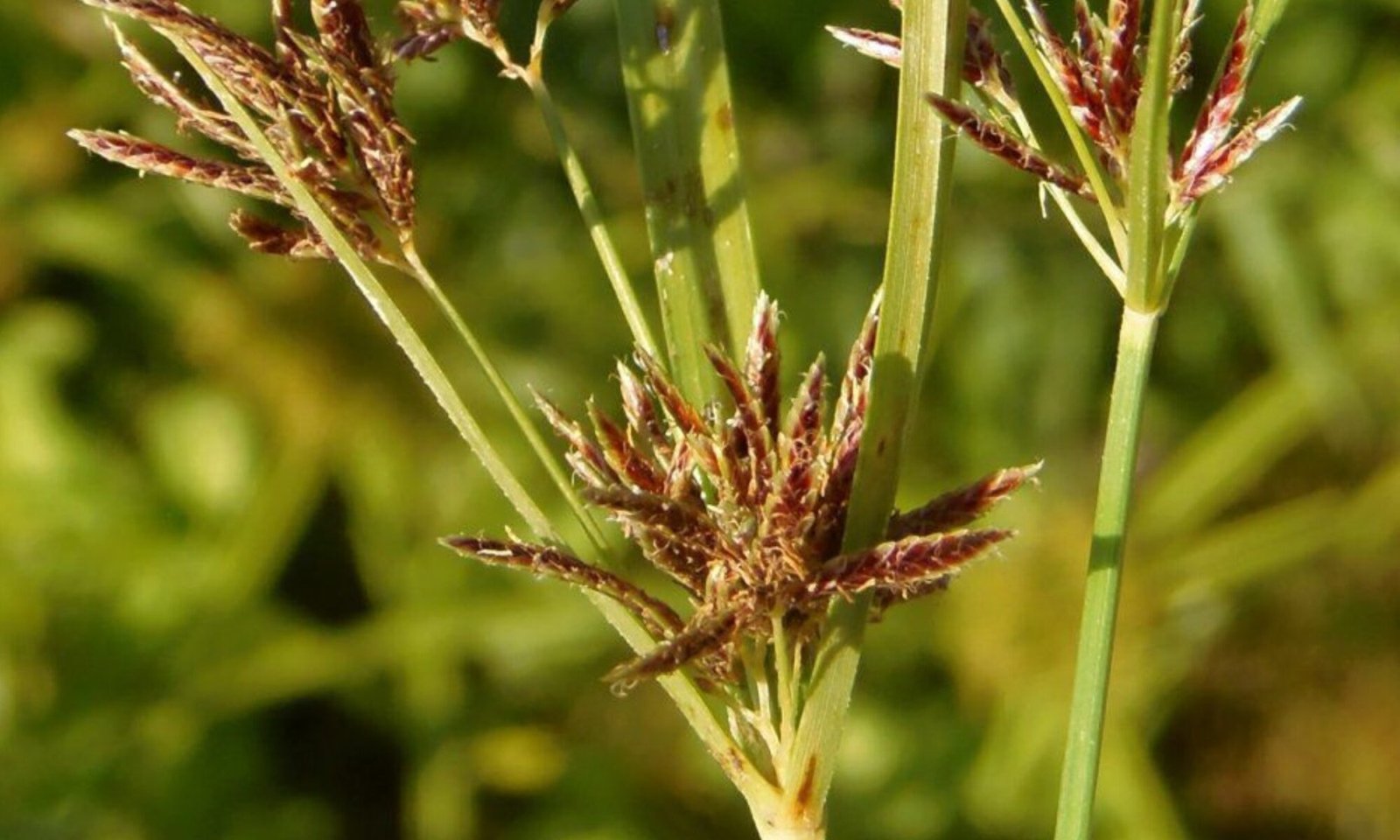
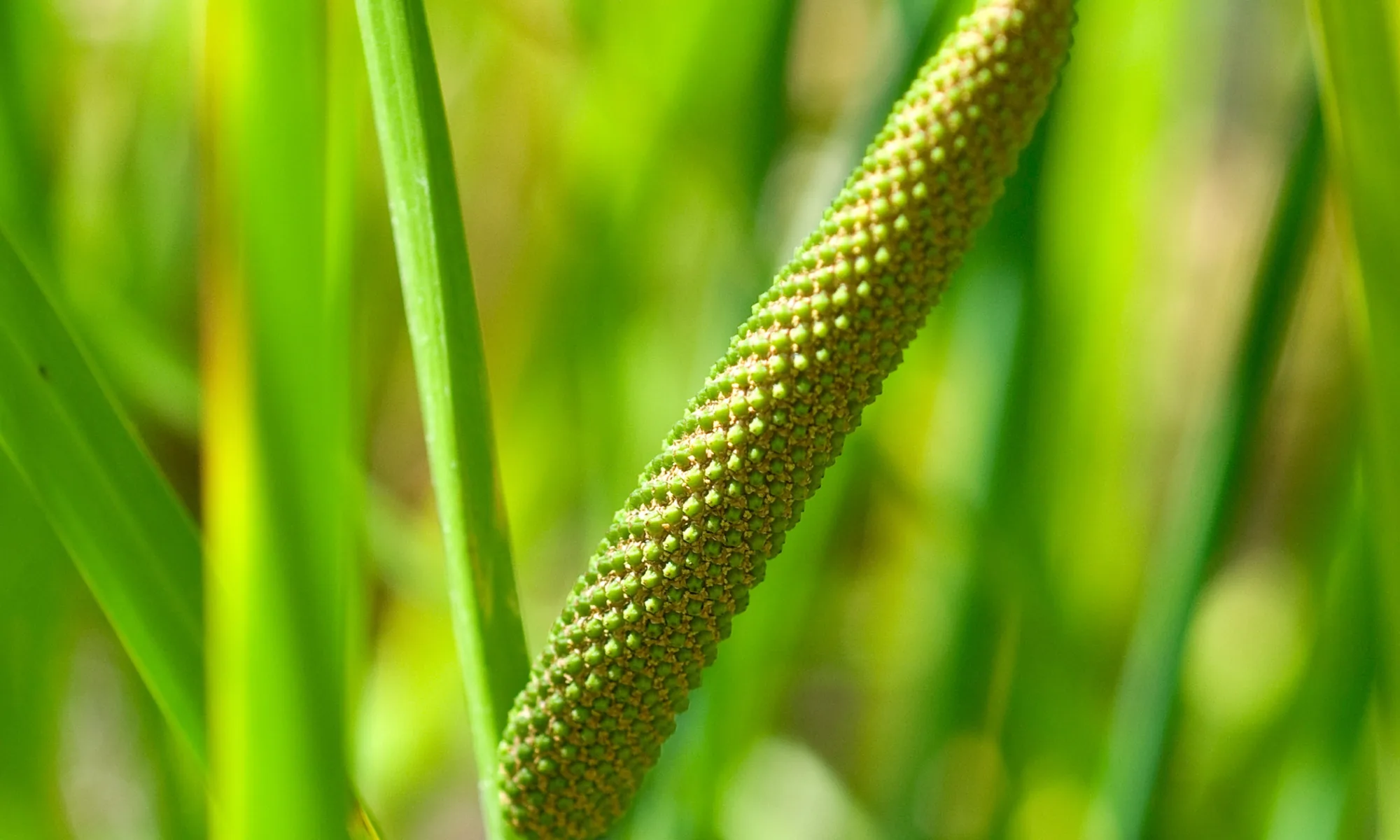

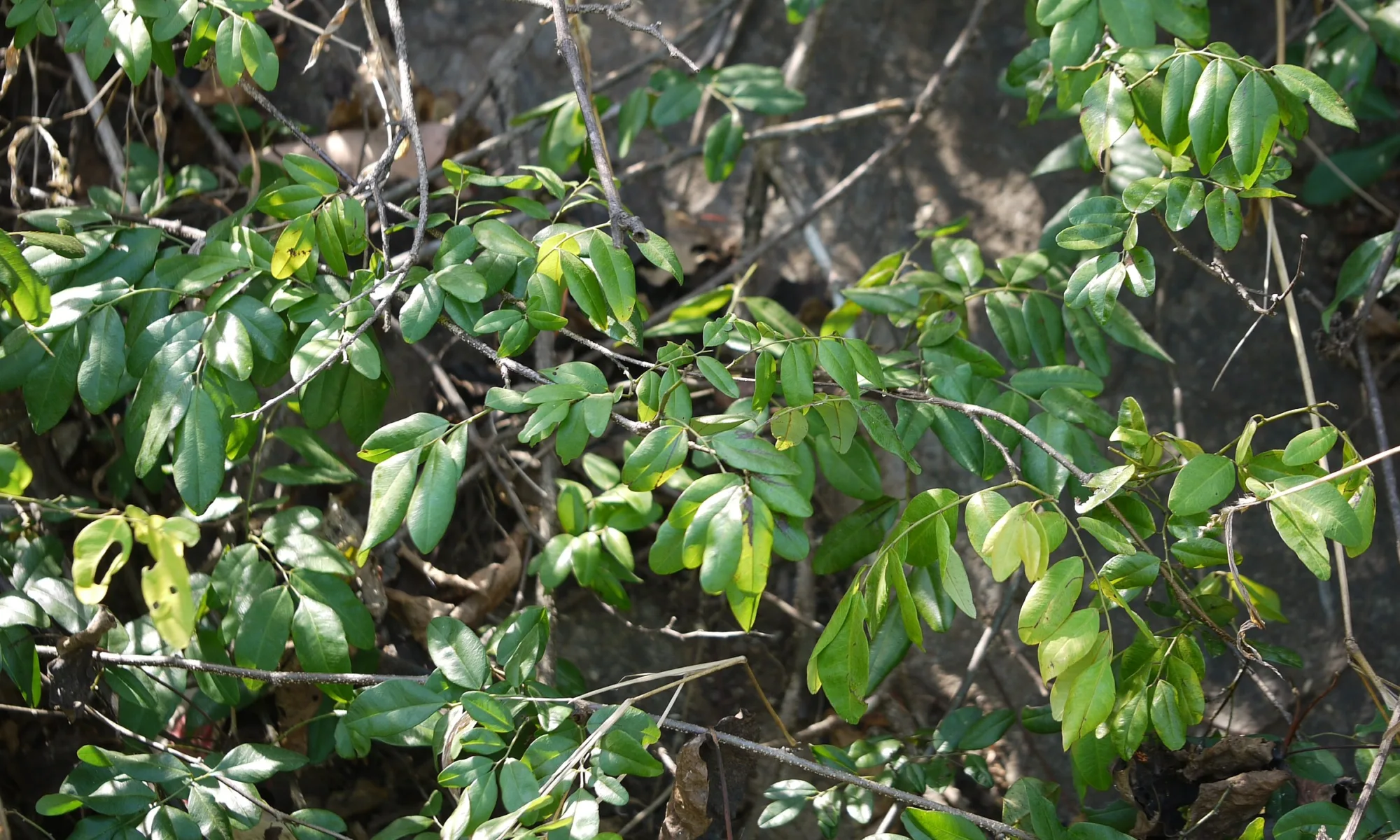
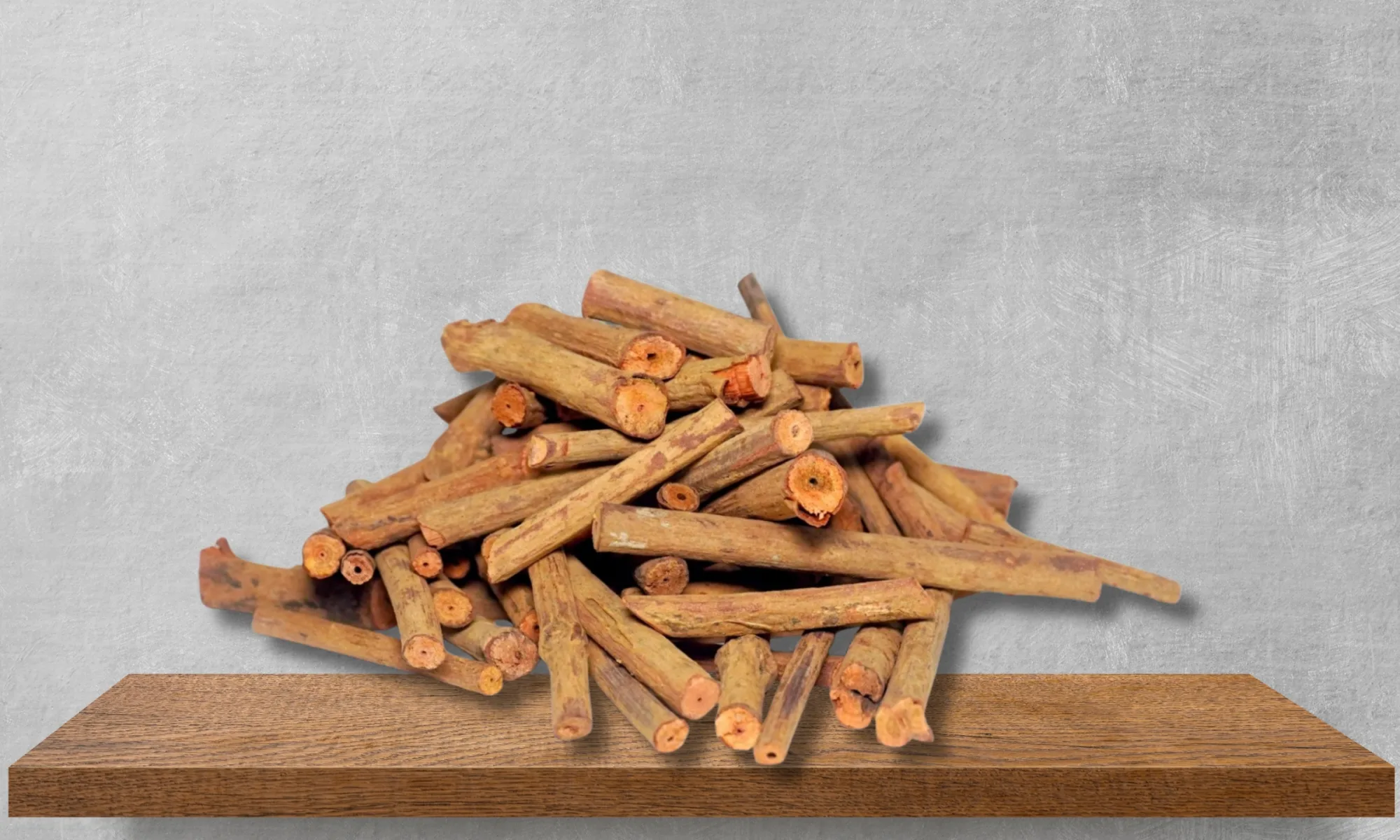
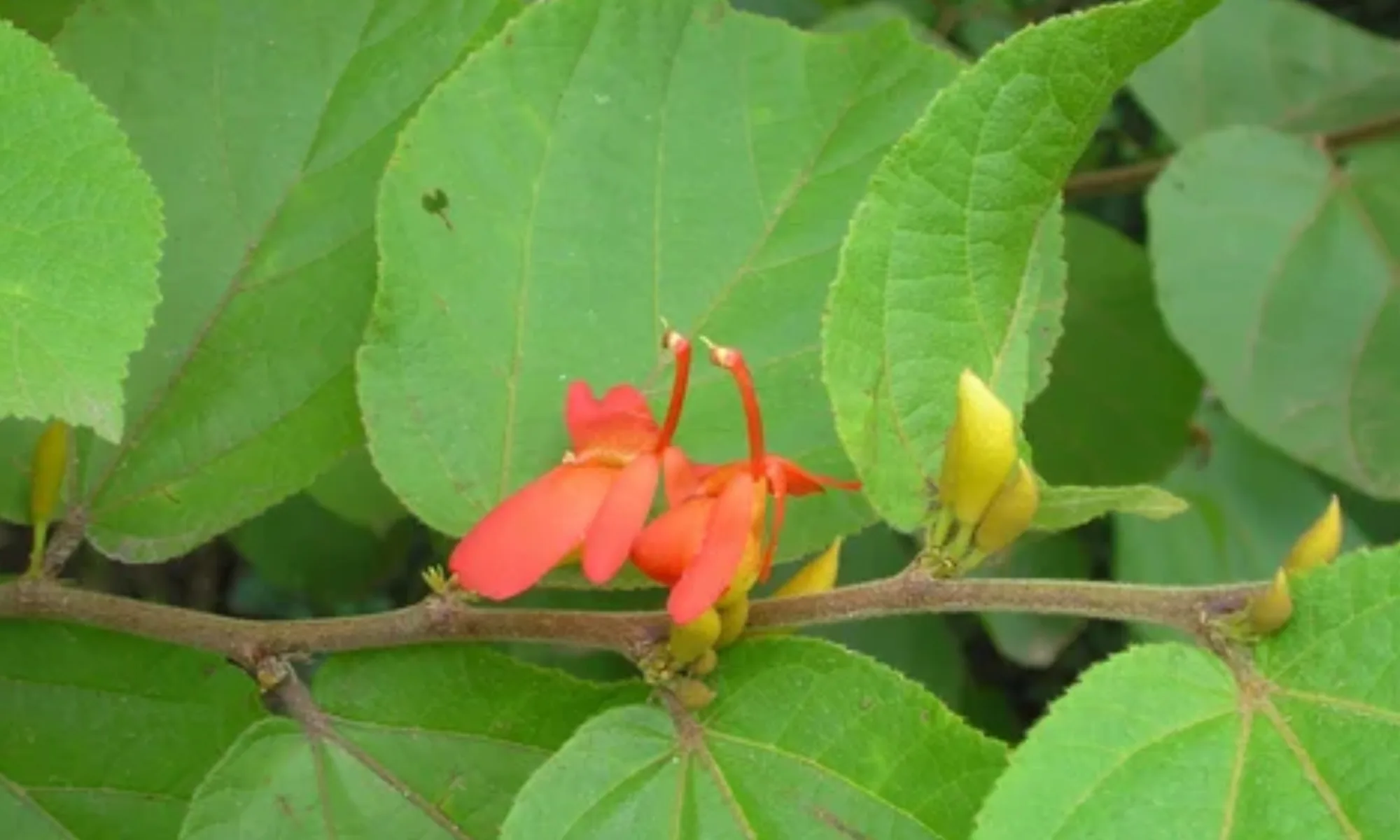



![Remembering the Iron Man of India, Sardar Vallabhbhai Patel, on National Unity Day! His vision of a united India remains our greatest strength. "Manpower Without Unity Is Not A Strength Unless It Is Harmonized And United Properly, Then It Becomes A Spiritual Power." - Sardar Patel Let's honor his legacy by committing to the harmony and integrity of our nation. #UnityInDiversity #SardarVallabhbhaiPatel #sardarvallabhbhaipateljayanti #IronManOfIndia #NationalUnityDay #UnityInDiversity #PrideOfIndia #polycareherbals #ayurveda #herbs #HealthyLiving #AyurvedicLifestyle #HolisticHealthJourney [Sardar Patel,Statue of Unity,Patriotism.Polycare Herbals,ayurveda,herbs,Indian Freedom Fighter ]](https://polycareherbals.com/wp-content/plugins/instagram-feed/img/placeholder.png)


